By Isaac Russell Director of Policy
Across the country, many states and municipalities are facing critical housing challenges—shortages of affordable housing can lead to crises for low-income renters, which also means that potential first-time homeowners are priced out of the market.
In Minnesota, these pains are felt acutely and disproportionately by Indigenous people and people of color. The Center’s Indicators for an Inclusive Regional Economy show racial homeownership gaps persist, even among households with similar incomes. This suggests that Black, Indigenous, Latine, and Asian families face additional burdens to homeownership beyond earned income. Among families earning between $50,000 to $100,000 annually, only 41% of Black households own their homes compared to 72% of White households. These racial disparities also exist among low-income renters. Low-income Korean American, White, and Black households are hit hardest, with more than 3 in 5 renters in these communities being disproportionately rent-burdened.
Dedicated Affordable Housing Dollars: A Constitutional Approach
To find solutions, policymakers and industry groups are looking for statewide solutions to address these housing crises. One innovative solution to move the needle is a proposal for a constitutional amendment that would dedicate revenue to the construction of affordable housing, rental assistance, and homeownership.
While this solution alone will not solve racial inequities in housing, it does address one of the foundational problems, which is a shortage of affordable housing. If we define affordable housing as 30 percent of area median income, the metro area is short approximately 71,491 units. To build a single unit of affordable housing, including years-long subsidization of the unit, costs approximately $300,000. This comes out to an over $21 billion price tag to build these units. According to the Minnesota Housing Partnership, our state is short approximately 103,600 units with a price tag of $31 billion.
Accessible Homeownership Builds Inclusive Regional Economies
Across Minnesota, this crisis extends to families that wish to purchase a home. It is estimated that 27,000 families can afford homeownership but continue to rent due to the lack of available housing stock within their price range. To facilitate more home ownership among underrepresented communities, we must address stagnant funding to programs designed to help construct new housing. These include programs such as the HOME Investment Partnership Program and the Community Development Block Grant Program, which have helped to compound multi-year housing shortages. The urgency for such investments can be seen in the Metropolitan Council’s projections, which show the region will gain 367,000 new households by 2040. That means we will need nearly 13,000 new housing units of all types. The region has produced less than this number per year for the past decade! An inclusive economy makes the stability and wealth-building benefits of homeownership accessible to all households, regardless of their race or ethnicity.
Systemic Solutions for Systemic Problems
All of this goes to the heart of why the Center supports a constitutional amendment that dedicates three-eighths of a percent sales tax to the building of affordable housing, makes financial resources available for homeownership, and provides support for housing stability. Modeled after our very successful Legacy Amendment, this initiative creates three advisory committees that will provide recommendations for lawmakers when they decide how they will allocate resources.
To make this happen, we need legislation that authorizes a referendum for voters. This referendum will require support from a wide array of stakeholders to let the public know of this initiative and also a show of support from constituents.
We know this one amendment will not solve all our housing challenges, but it is one of the tools in the toolbox that will build the homes Minnesotans need.
Contact your legislator, let them know what you think
Explore the Indicators for an Inclusive Regional Economy
Read Our 2023 Policy Priorities


